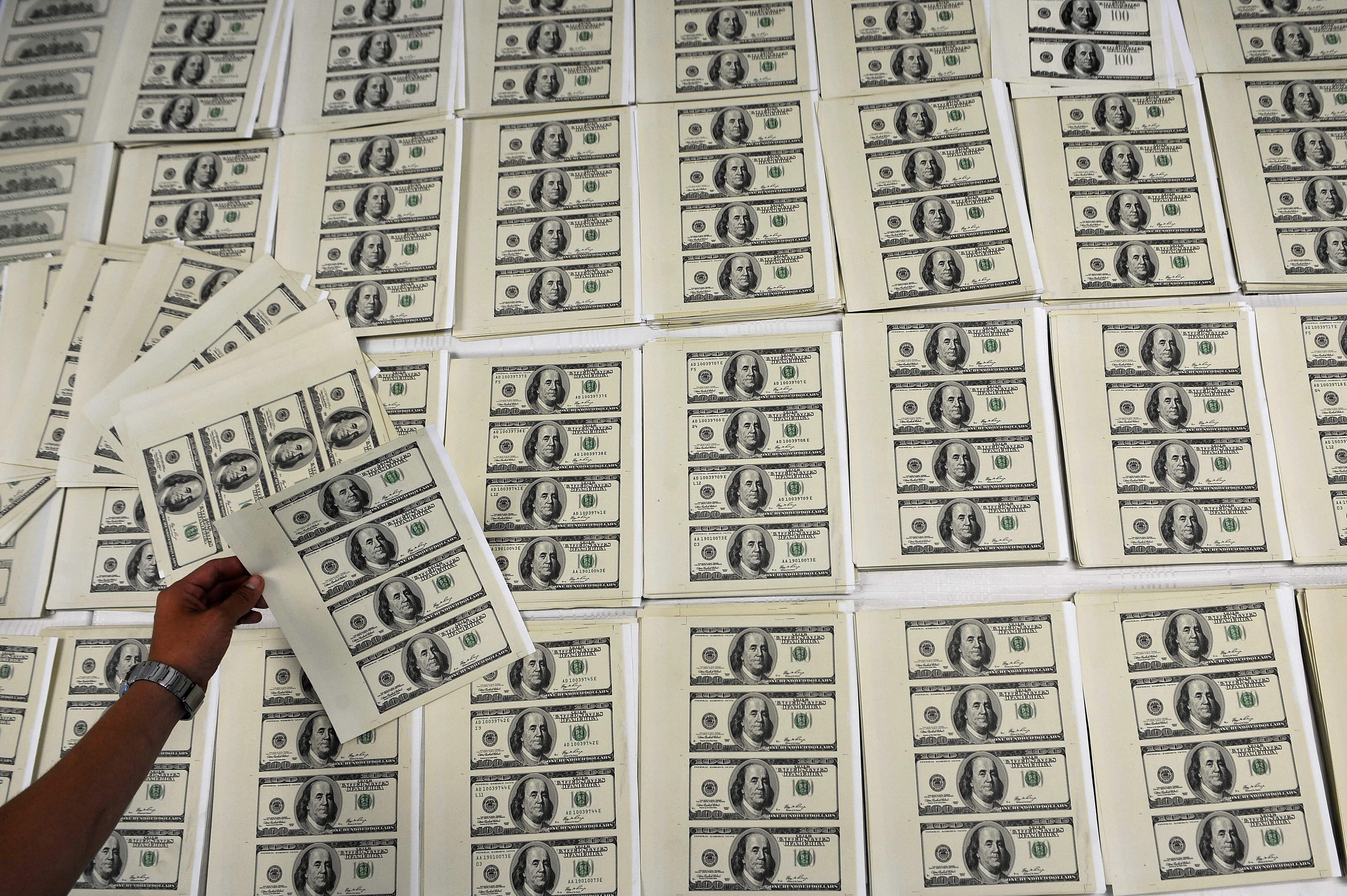Crime is Slate’s crime blog. Like us on Facebook, and follow us on Twitter @slatecrime.
I’m going to go out on a limb and argue that, given its degree of difficulty and the near-inevitability of being caught, counterfeiting American currency is maybe the dumbest crime imaginable—dumber than ripping off violent drug dealers, dumber than trying to snatch and grab chips from a Las Vegas casino. I’m not just talking about laughably inept counterfeiters, the idiots who cut the corners off of hundreds and glue them onto singles. Even the best counterfeit money isn’t very good—the colors are off, or the paper feels weird, or the security features don’t exactly match up. No matter how much effort you put into your fakery, you’ll still end up with a product that will only fool people who are drunk, distracted, or dead.
And so I’m always wary when I read about supposedly “sophisticated” counterfeiting operations, because, really, how sophisticated can any operation be if its raw materials come from Hobby Lobby? But I do like this recent story out of Florida, about two dudes who got nabbed after printing at least $100,000 in counterfeit hundreds, which they produced by removing the ink from one-dollar bills and then turning them into hundreds with the help of some homemade design software.
The “washing off the ink” trick is an old one, and you can do it yourself with some lye or some Purple Power degreaser. But the homemade design software is a new one. It’s not entirely clear what these two guys used the software for, but my best guess is that it was a way to bypass the limitations of commercial imaging technology. You might not know this, but most commercial imaging software comes with built-in anti-counterfeiting technology. Many scanners won’t let you scan American currency. Color laser printers have been known to print microscopic yellow dots on counterfeit cash, which allows the feds to trace the funny money back to the printer that produced it. Even if you find hardware that works, most versions of Photoshop won’t let you edit banknote images.
These barriers are designed to deter casual counterfeiters; more dedicated forgers can always find hacks and workarounds. But I’ve never heard of someone going so far as to write their own software in order to get the job done. It’s not a bad idea, because it probably doesn’t take all that much effort to write some software that’s expressly designed for counterfeiting purposes.
But to what end? Even if you design a picture-perfect template, you’re still going to have a terrible time actually producing respectable fake currency. Commercial printers don’t produce convincing copies. In order to do it right, you’d need an expensive intaglio printing machine that can accurately reproduce the raised texture of real money. (Intaglio printing does this by transferring ink to paper in a high-pressure embossing process.) Even then, your ink won’t match up to the secret-formula ink used in real American currency; it’ll always be too dull, or too bright, or otherwise unconvincing. And you certainly won’t find the proper paper, which is produced by Crane exclusively for the federal government, so you’ll have to either wash real bills one-by-one or find some alternative paper stock. But there are no great alternatives. One of the best-known modern counterfeiters, Art Williams, made his bills by gluing together sheets of telephone-book paper. This is sort of like trying to make a fake ID out of scrap plastic.
The Secret Service convicts something like 98.8 percent of the cases it brings to trial, and that’s largely because 98.8 percent of counterfeit money is absolutely terrible. Even these two “sophisticated” Florida guys were foiled by a receptionist at a doctor’s office who noticed that their hundreds felt fake. Nothing against medical receptionists, but, you know, these are not genius detectives we’re talking about. That’s the problem with counterfeiting. You can kill yourself to make a decent-looking bill, and then you’ll just end up getting caught by some non-expert who makes fifteen dollars an hour and spends half the day reading Vogue. That snatch-and-grab casino chip plan is looking better and better all the time.
